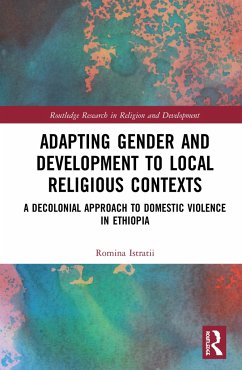
Forest of Tigers
People, Politics and Environment in the Sundarbans
Versandkostenfrei!
Versandfertig in 1-2 Wochen
168,99 €
inkl. MwSt.
Weitere Ausgaben:

PAYBACK Punkte
84 °P sammeln!
An anthropology of the human/nature interface in the Sundarban islands, this book examines how people living in the region perceive the mangrove forests and its man-eating tigers. The author focuses on three social groups - forest-workers, prawn-collectors and landowners - and their understandings of the environment are used to draw distinctions between the bhadralok (upper class or caste) and gramerlok (villagers), and also offers an anthropologically and historically grounded analysis of religion, especially the interconnections between Hinduism and Islam, through an analysis of forest workers' worship of forest deities like Bon Bibi, as also the politics of global conservation and eco-tourism. A rare book focusing on the environment in contemporary Bangladesh, it also offers a new frame of reference to understand social relations in the Indic world.
This ethnographic account discusses what tigers mean for the islanders of the Sundarbans, the mangrove islands of the Bengal delta, acclaimed for its unique ecosystem and Royal Bengal tigers. It provides new theoretical insights to understand social relations in the region.













